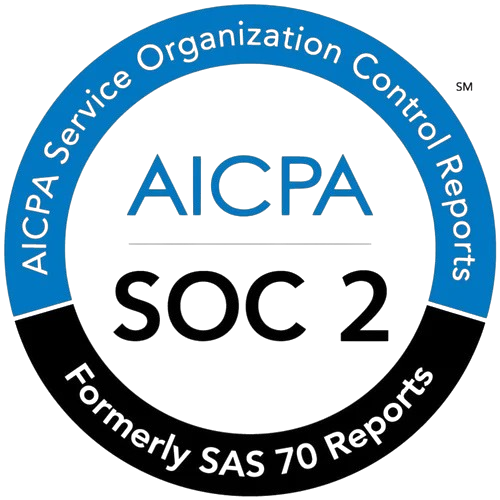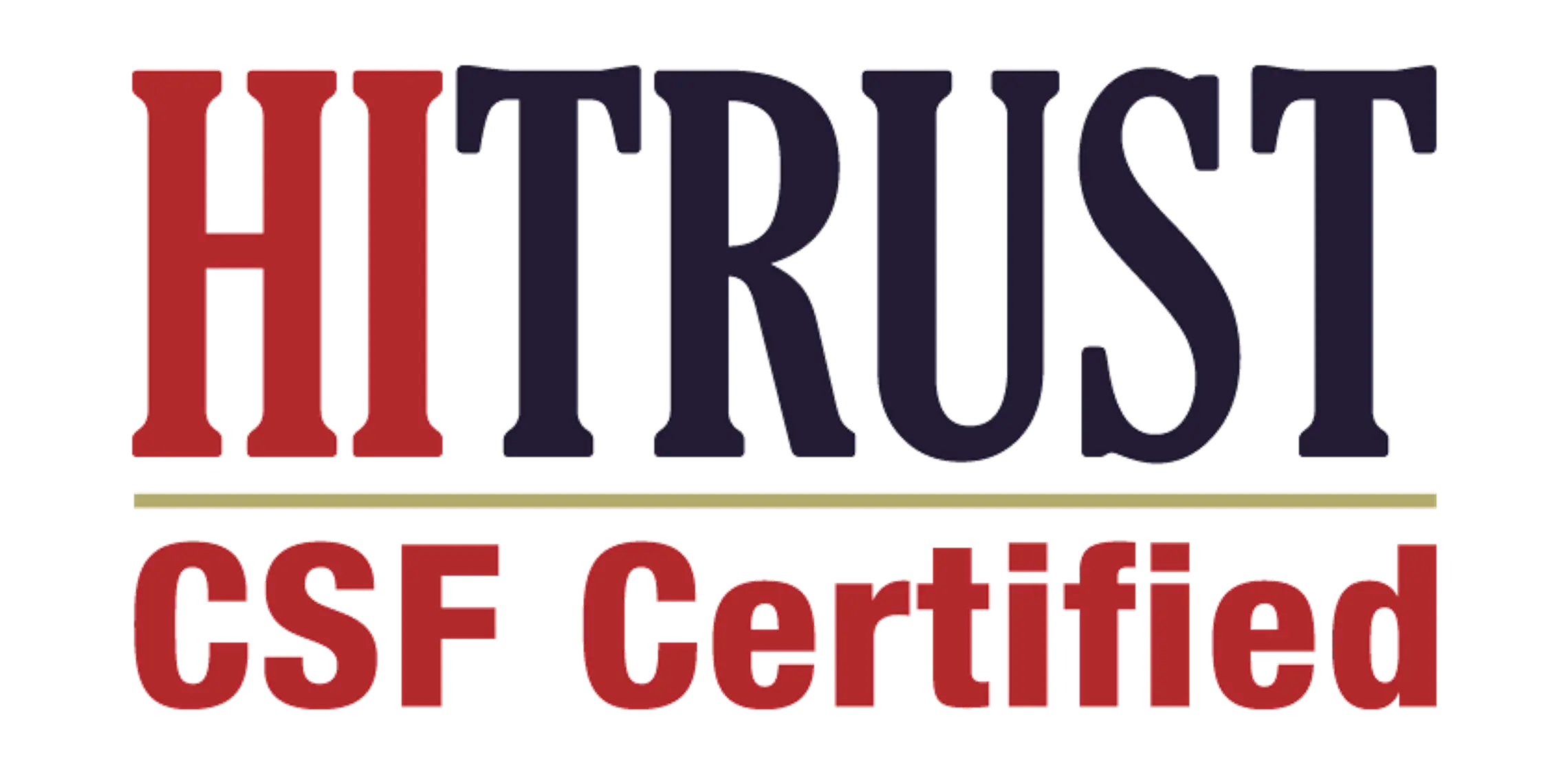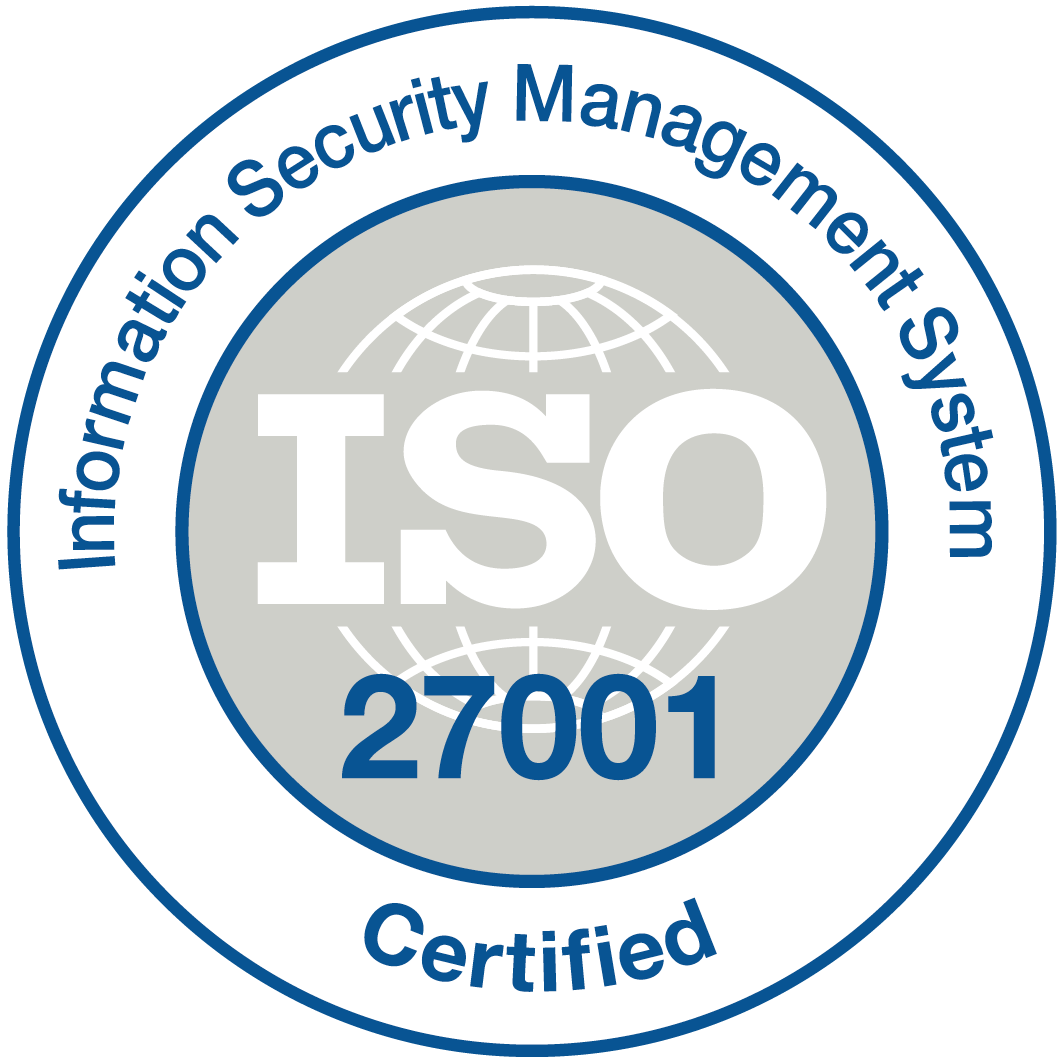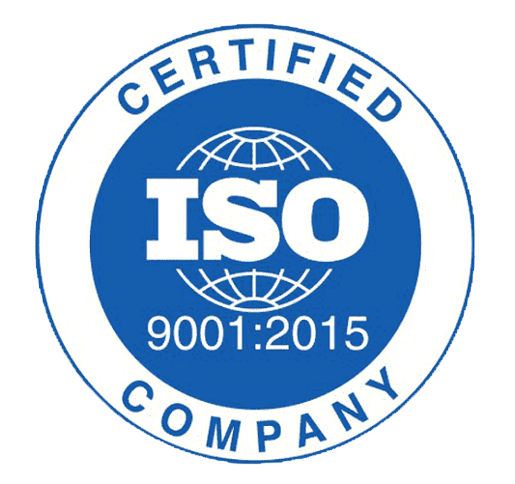Transforming revenue cycle management: The crucial role of patient billing and collections

In today's complex healthcare landscape, Revenue Cycle Management (RCM) has become essential for the financial health of medical practices and hospitals. Among the various components that comprise RCM, patient billing and collections stand out as vital processes that can make or break a healthcare organization’s financial stability. By streamlining billing practices and enhancing collection strategies, healthcare facilities can not only improve their cash flow but also elevate patient satisfaction.
Understanding the dynamics of patient billing is the first step toward improving RCM. Traditionally, billing practices were often mired in complexity, leading to confusion for both providers and patients. Complexity often arises from a myriad of factors such as varying insurance plans, changing regulations, and inconsistent patient payment capacities. Healthcare organizations can address these challenges by implementing transparent billing practices that demystify costs and provide clear, itemized statements.
A key element of effective patient billing is the use of technology. Modern healthcare practices are leveraging electronic health record (EHR) systems, patient portals, and automated billing software. This not only simplifies the billing process for administrative staff but also enhances the patient experience by offering convenient access to billing information. When patients receive timely, understandable statements detailing their financial responsibility, they are more likely to engage proactively in the payment process.
Moreover, patient engagement is a significant driver in the collections process. An engaged patient is one who understands their billing obligations and feels empowered to make payments. By adopting patient-friendly payment options, including online payment portals, flexible payment plans, and accepting various forms of payment (credit cards, mobile payments), healthcare organizations can improve their collections rates. Implementing strategies such as sending reminders for upcoming or past due payments can further enhance responsiveness.
Education plays a crucial role in bridging the gap between providers and patients. By equipping patients with knowledge regarding their insurance coverage, potential out-of-pocket costs, and available financial assistance programs, healthcare organizations can foster a culture of transparency. When patients understand their financial responsibilities ahead of time, they are more prepared to manage their bills, thereby improving collection rates.
Moreover, evaluating the performance of the billing and collections process is crucial for continuous improvement. Key performance indicators (KPIs) such as days in accounts receivable, collection rates, and denial rates can provide insight into the effectiveness of existing strategies. Regularly reviewing these metrics enables organizations to identify areas needing improvement and develop targeted solutions.
Additionally, training staff involved in billing and collections is vital. An informed and well-trained team can effectively address patient queries, negotiate payment plans, and navigate the complexities of insurance claims, ultimately enhancing the overall workflow and boosting collections.
In summary, patient billing and collections are foundational aspects of improving Revenue Cycle Management within healthcare organizations. By harnessing technology, increasing patient engagement, offering education, and regularly assessing performance, healthcare providers can streamline their billing processes and enhance collections. Ultimately, a robust RCM not only improves the financial viability of healthcare organizations but also results in a more positive patient experience, fostering trust and loyalty in an ever-evolving industry. With the right strategies in place, the future of healthcare billing and collections looks brighter than ever.


